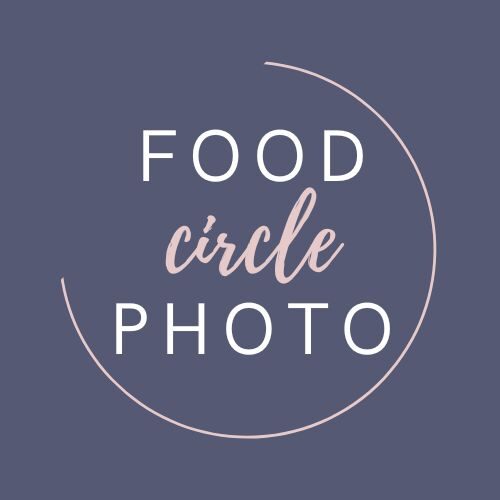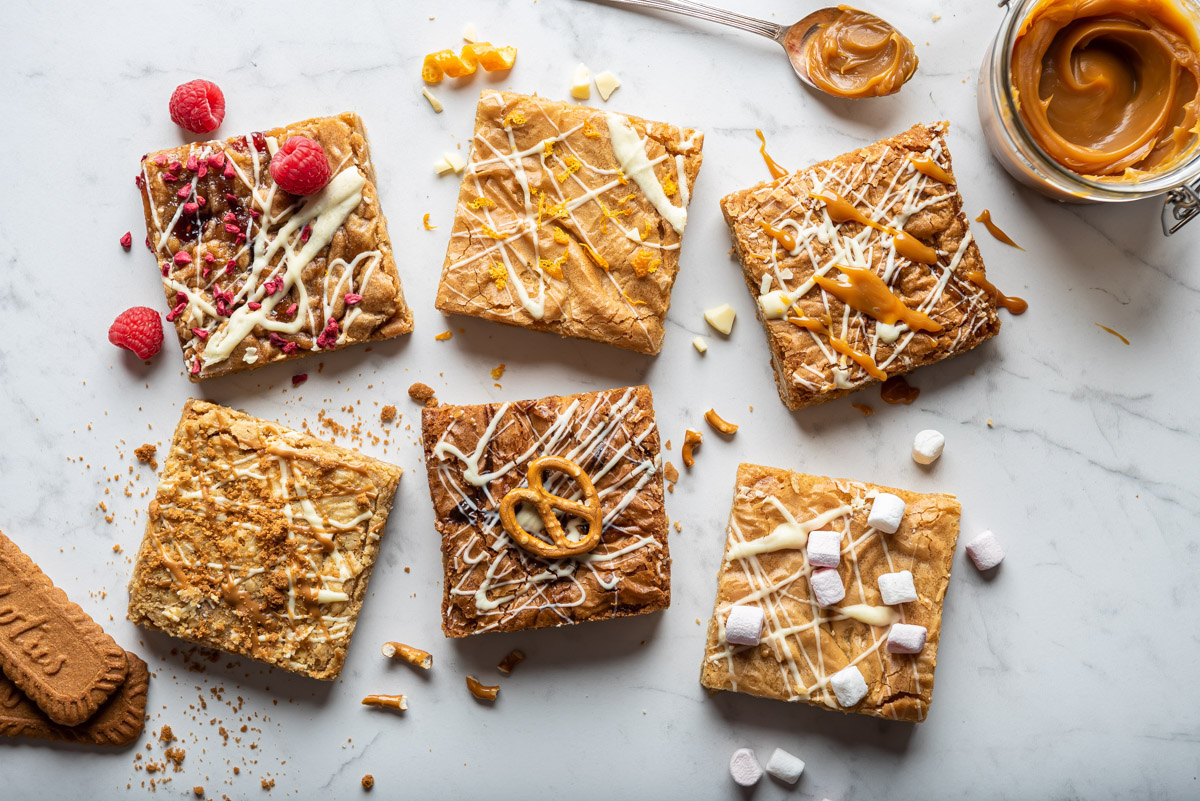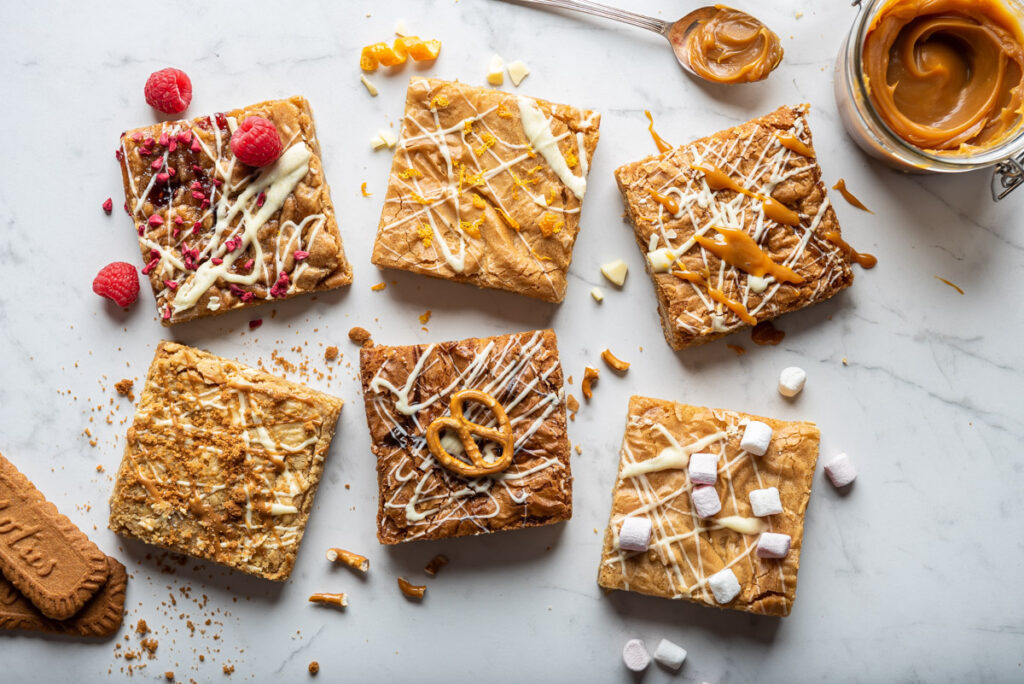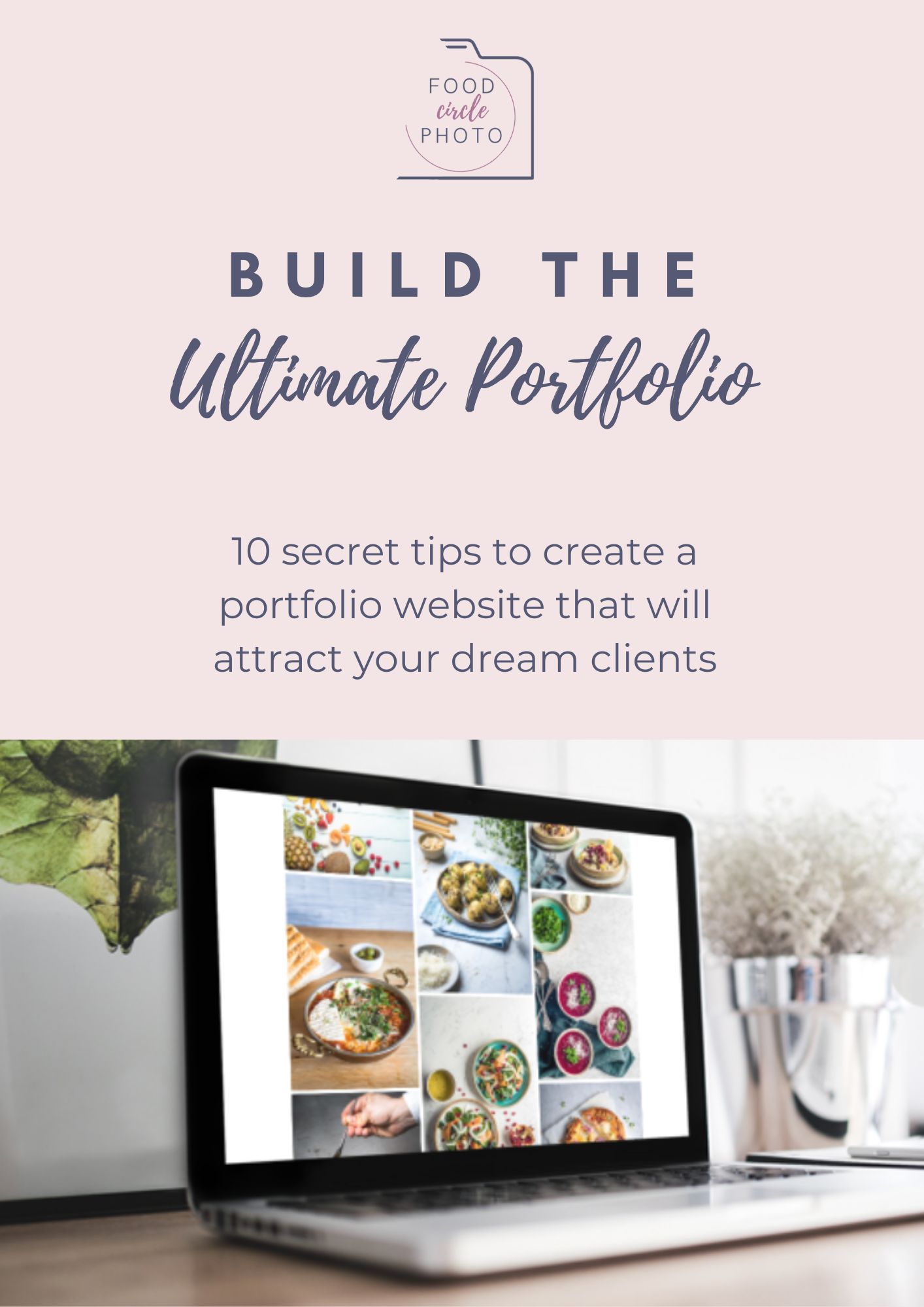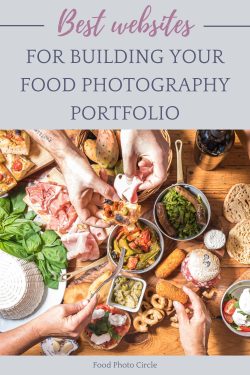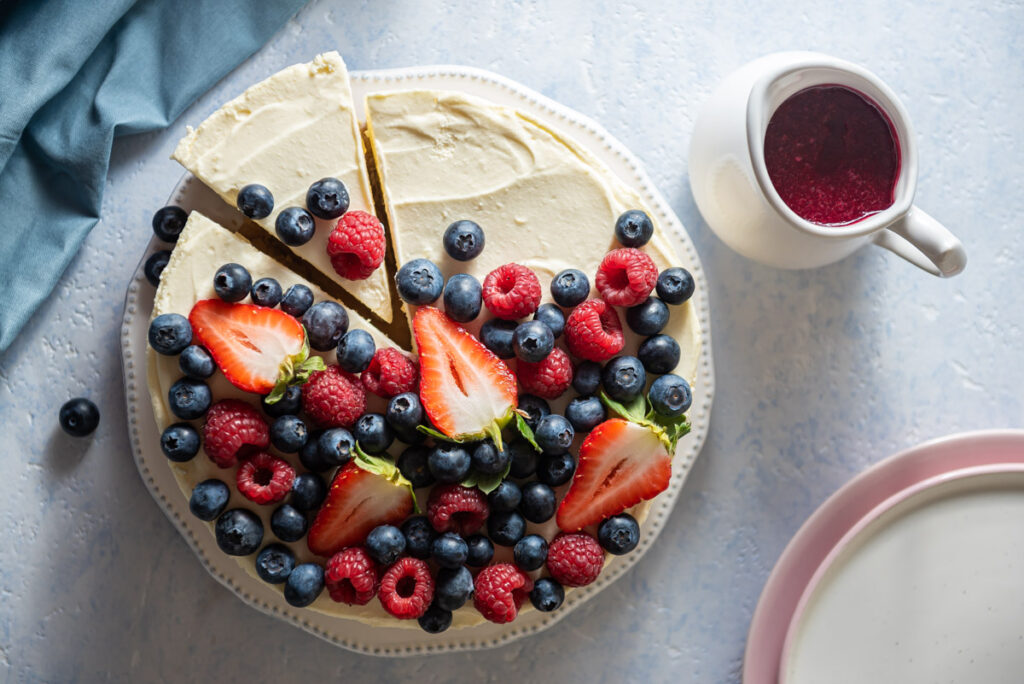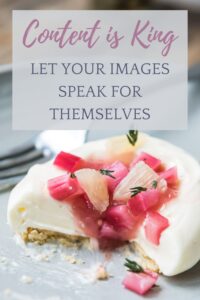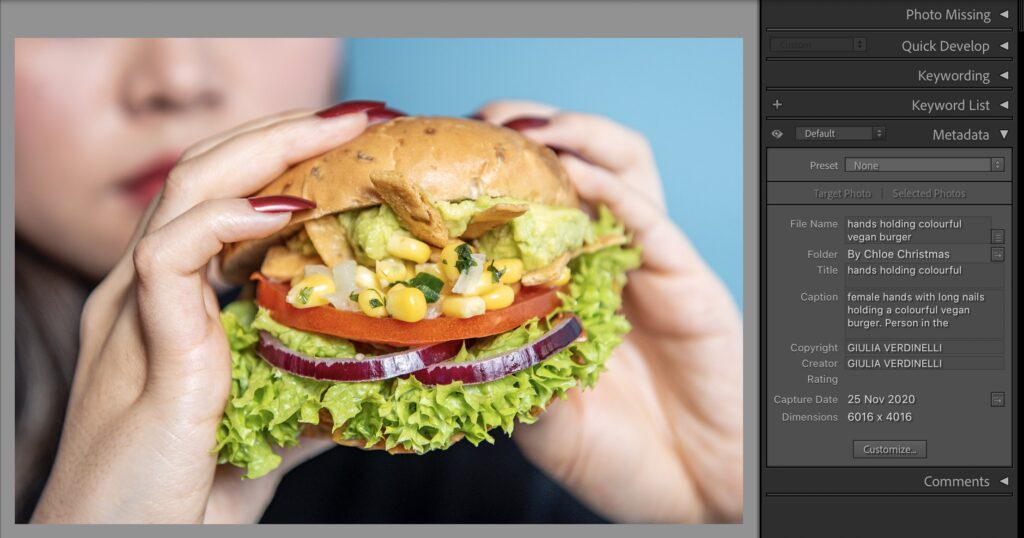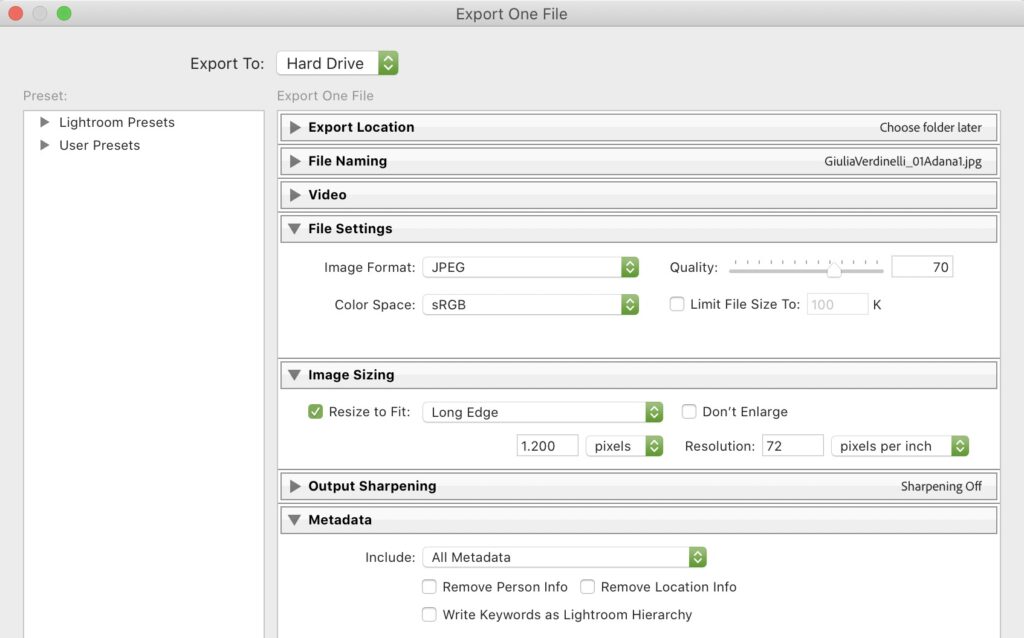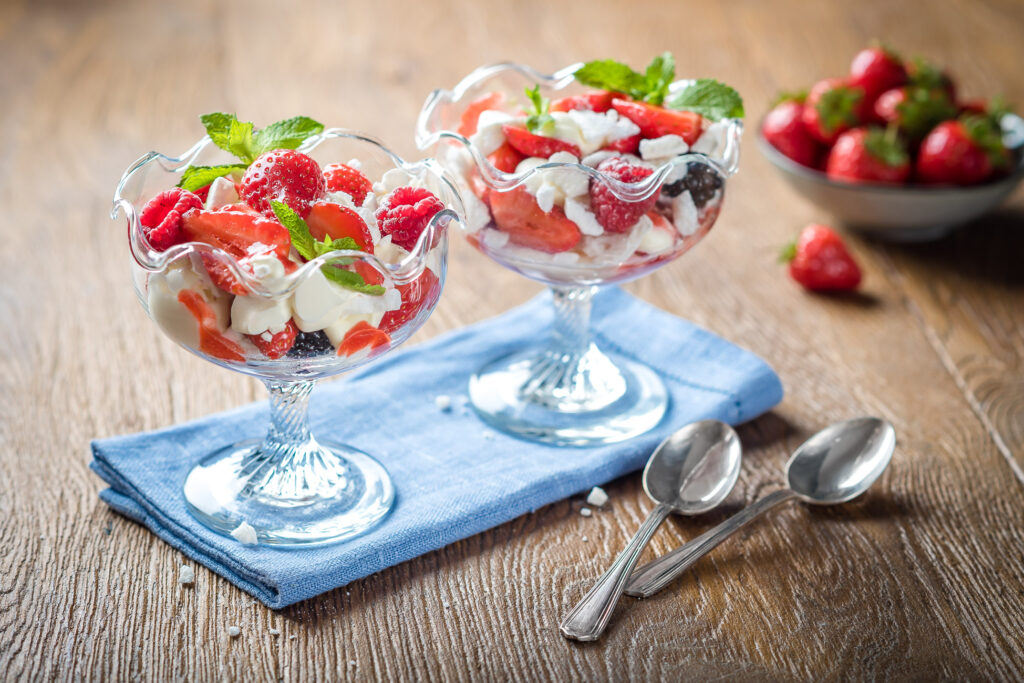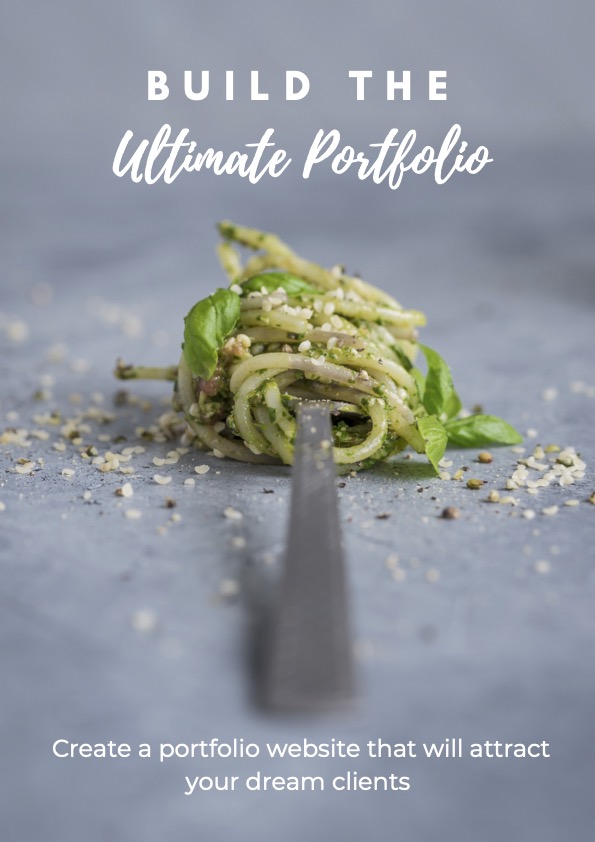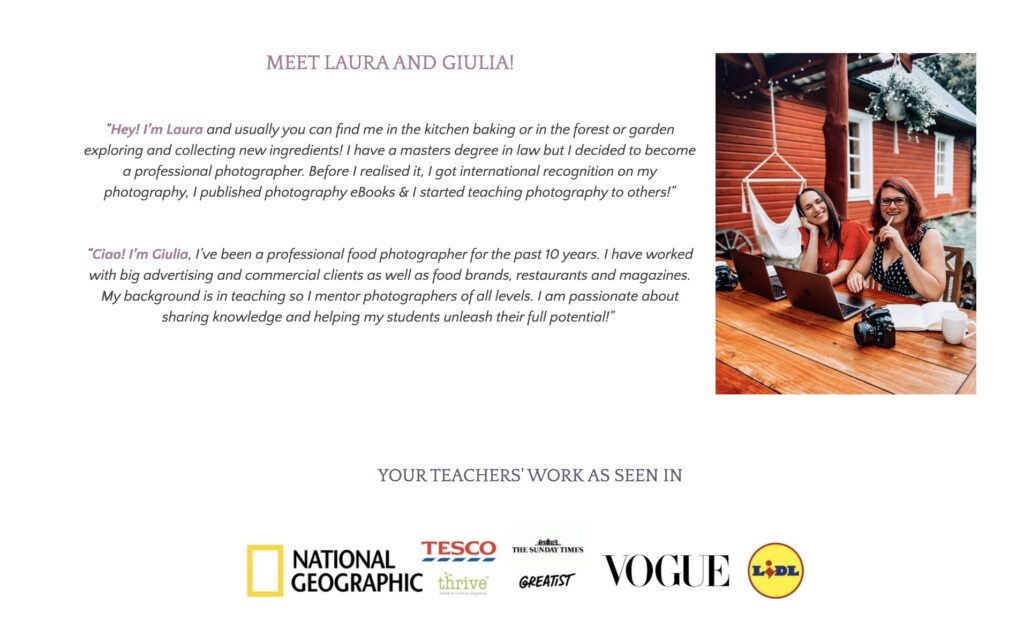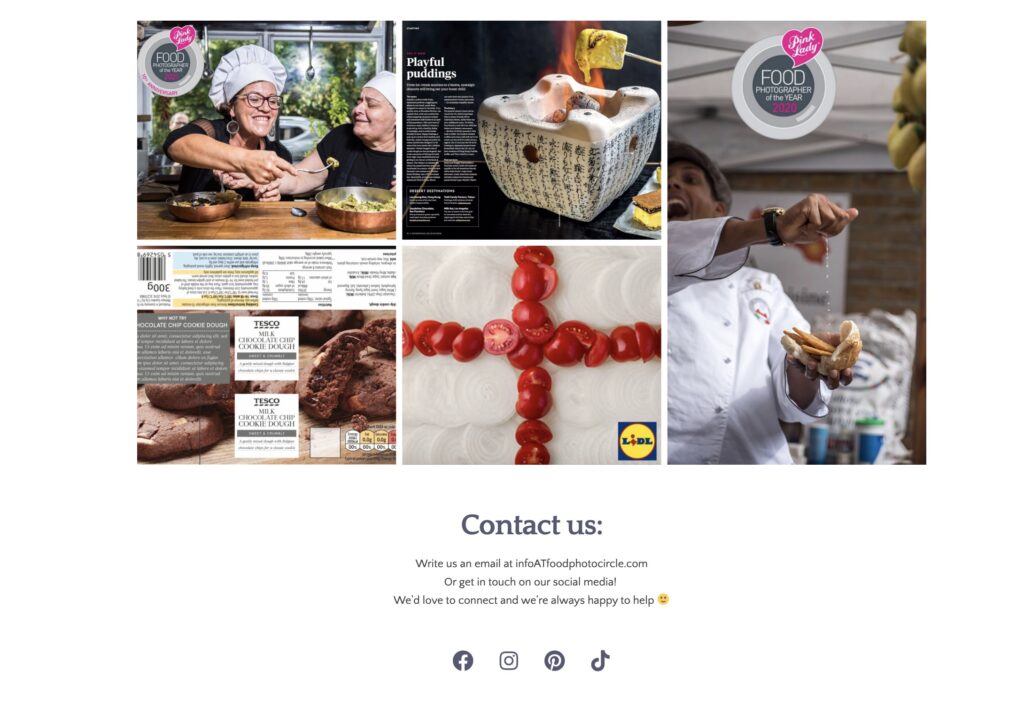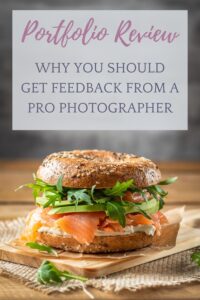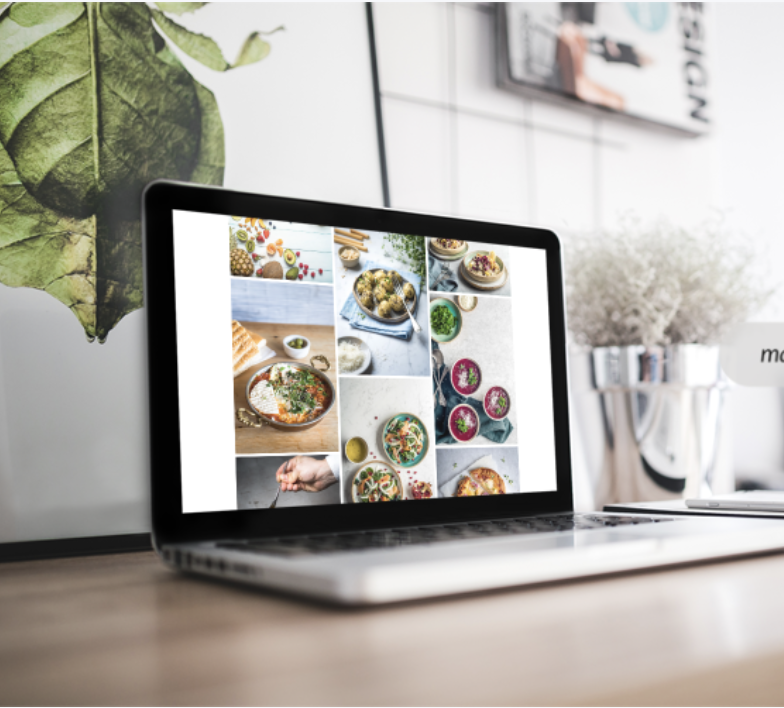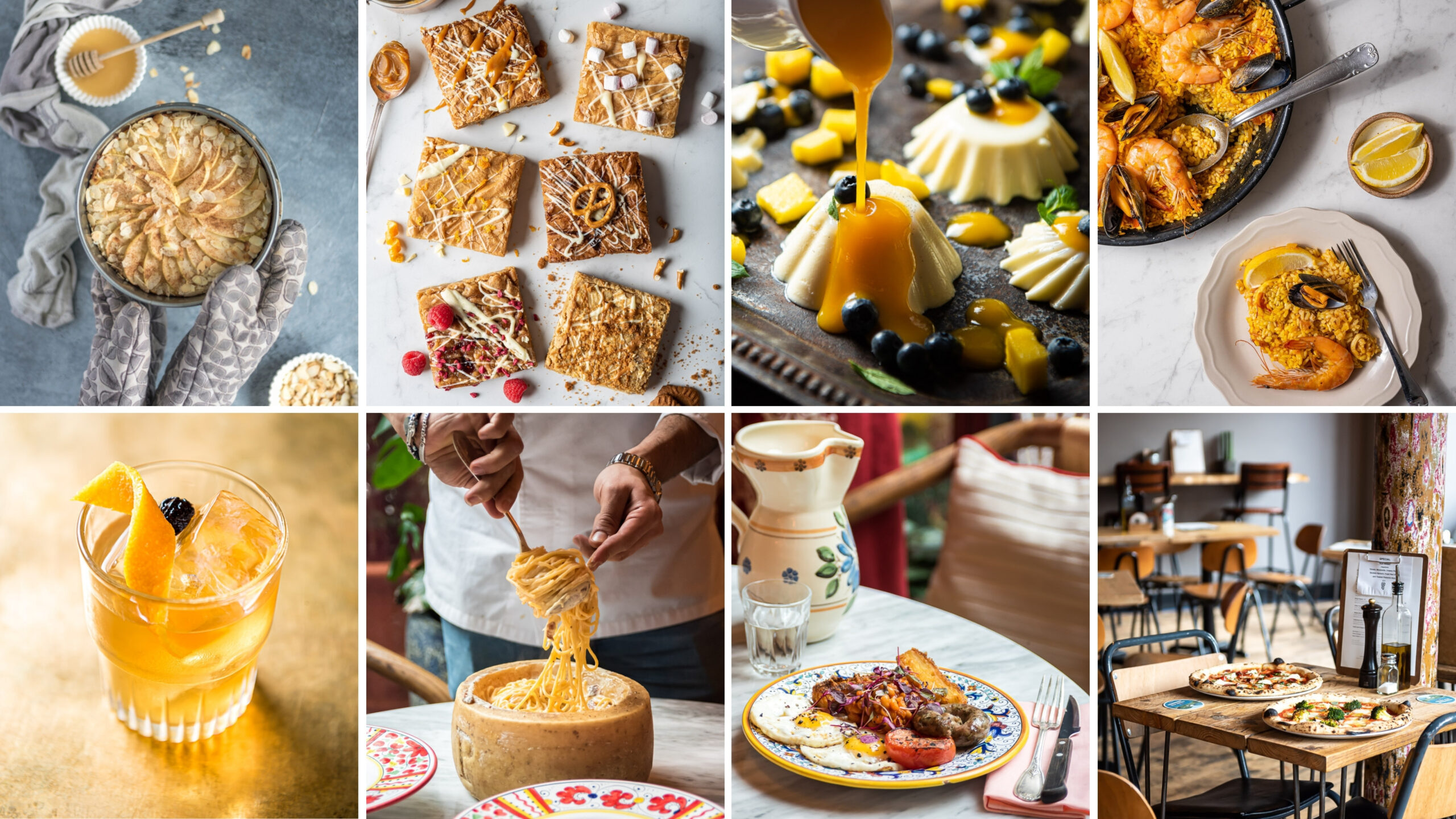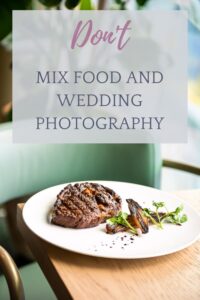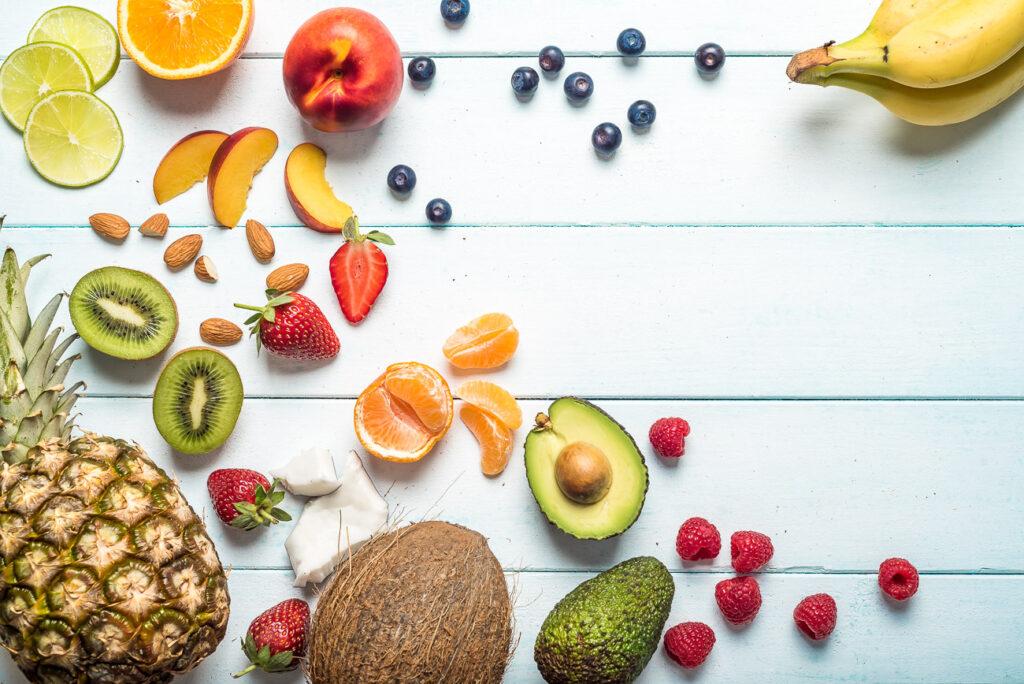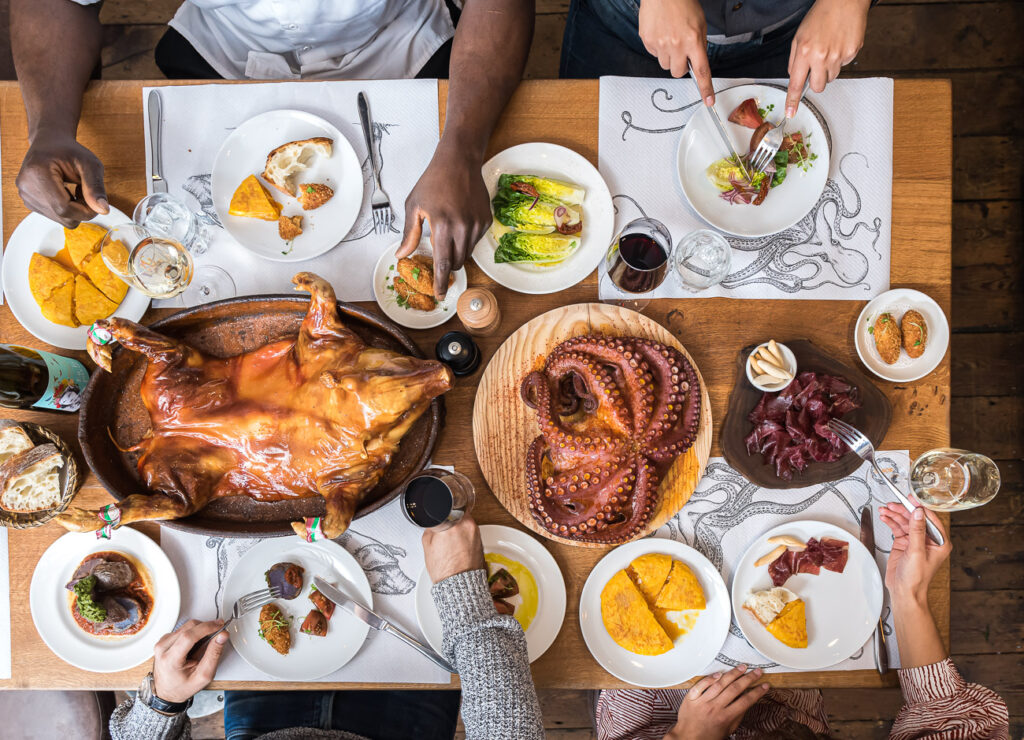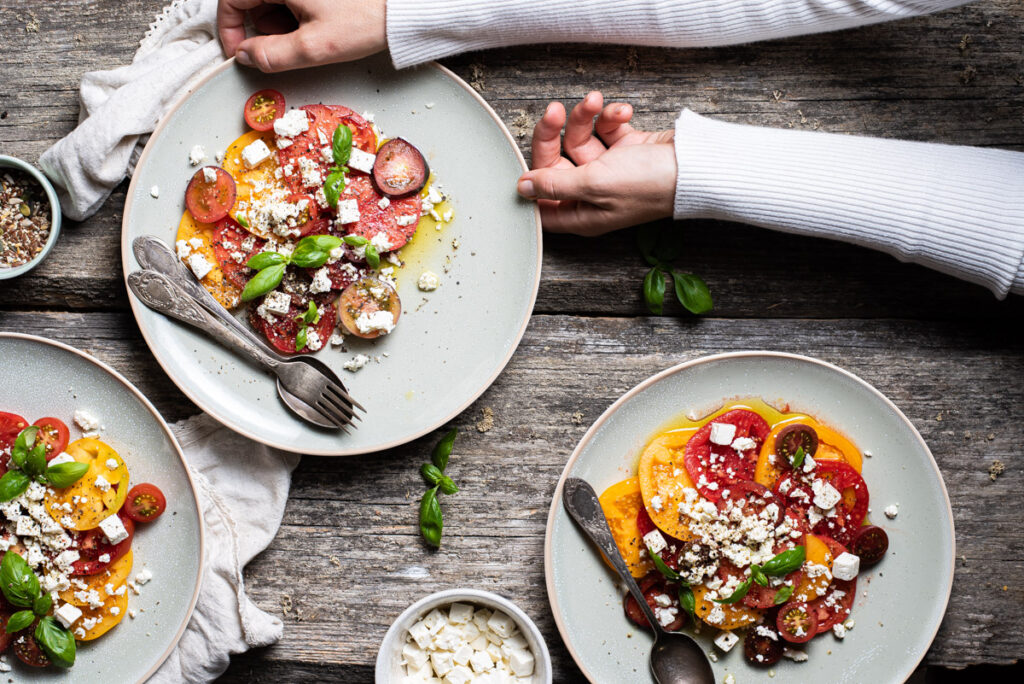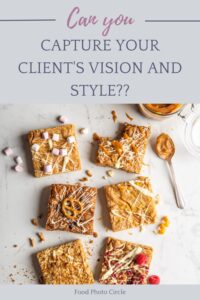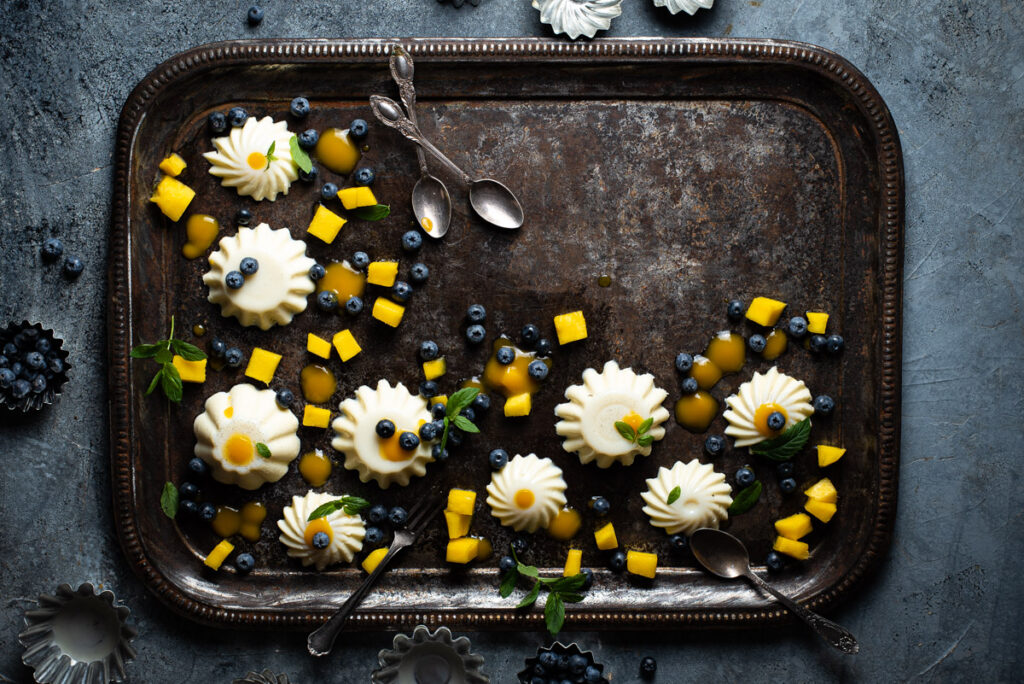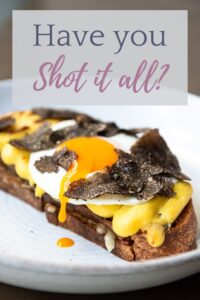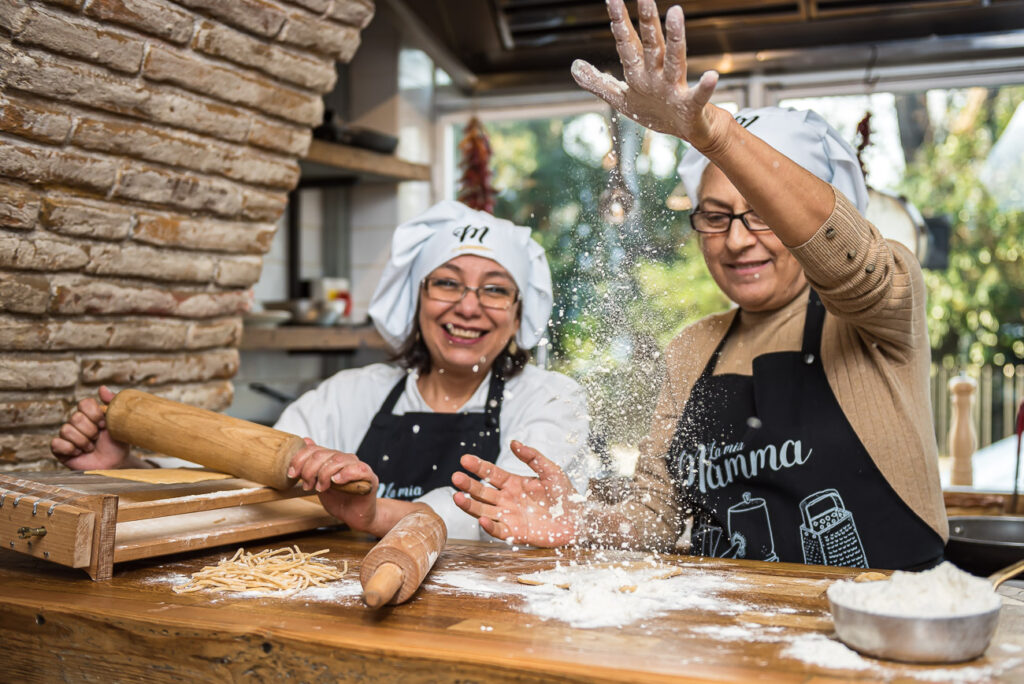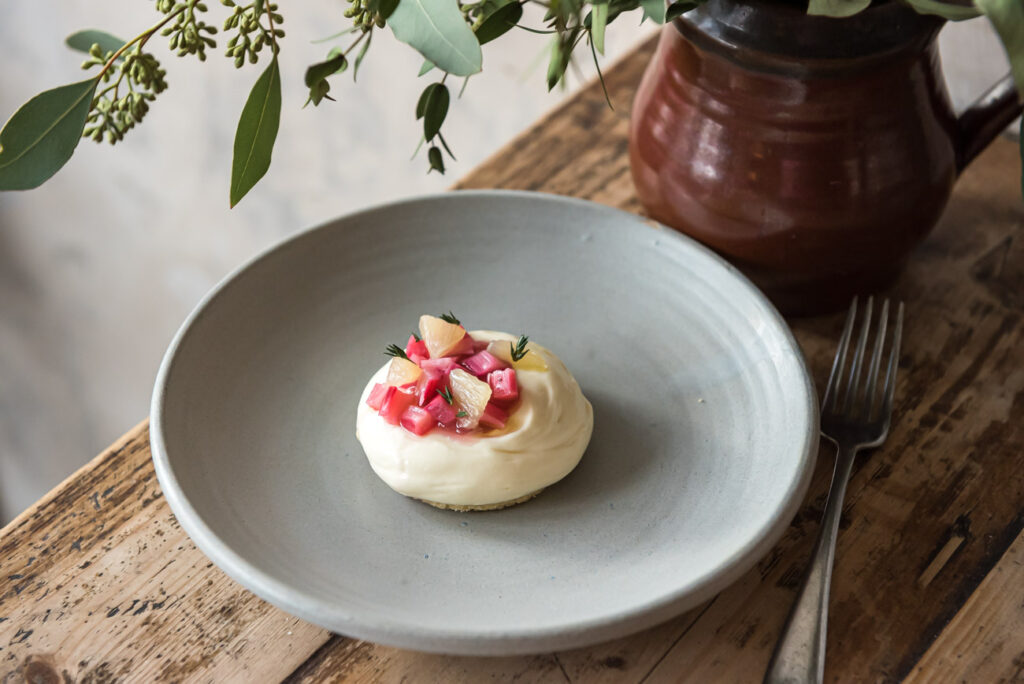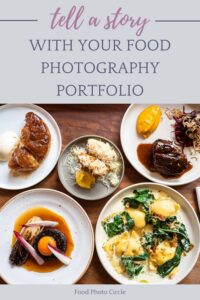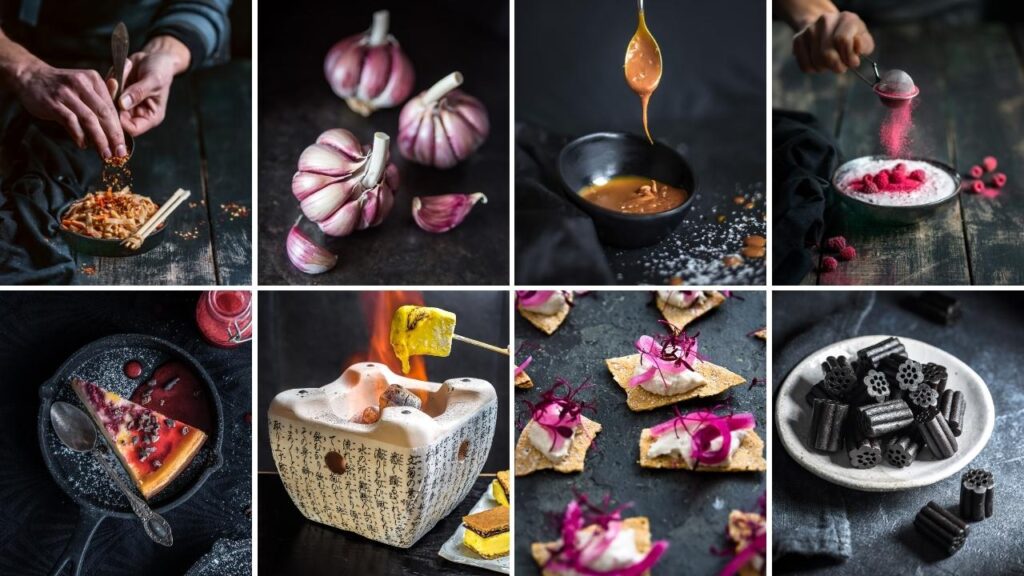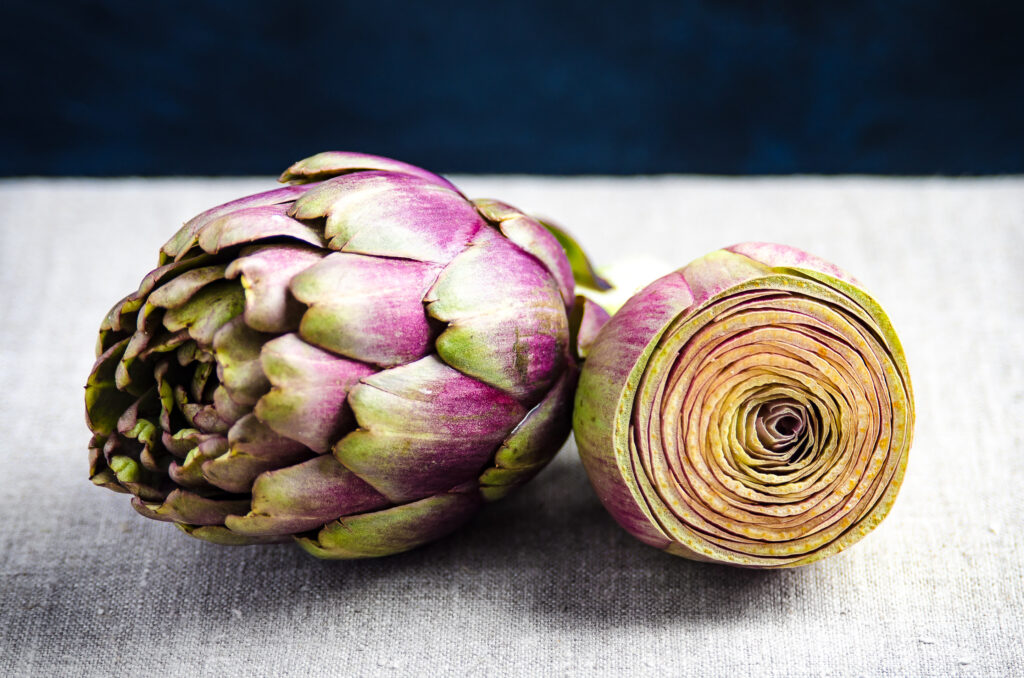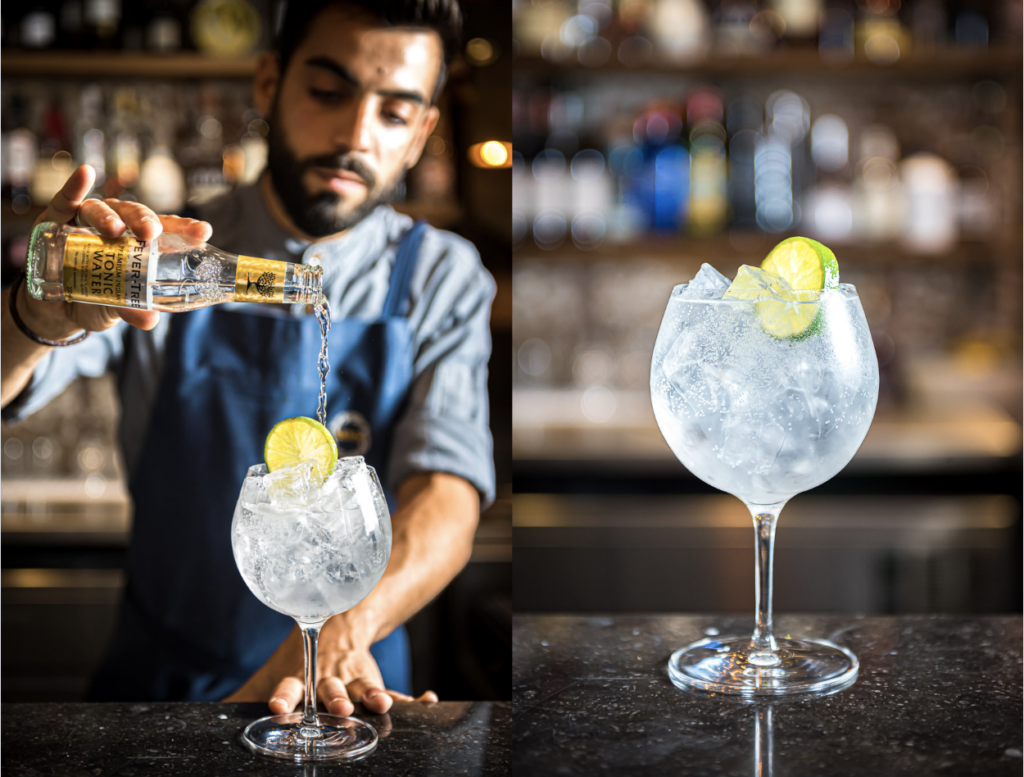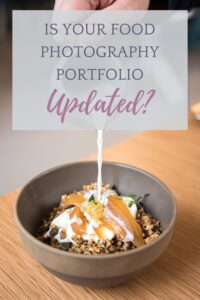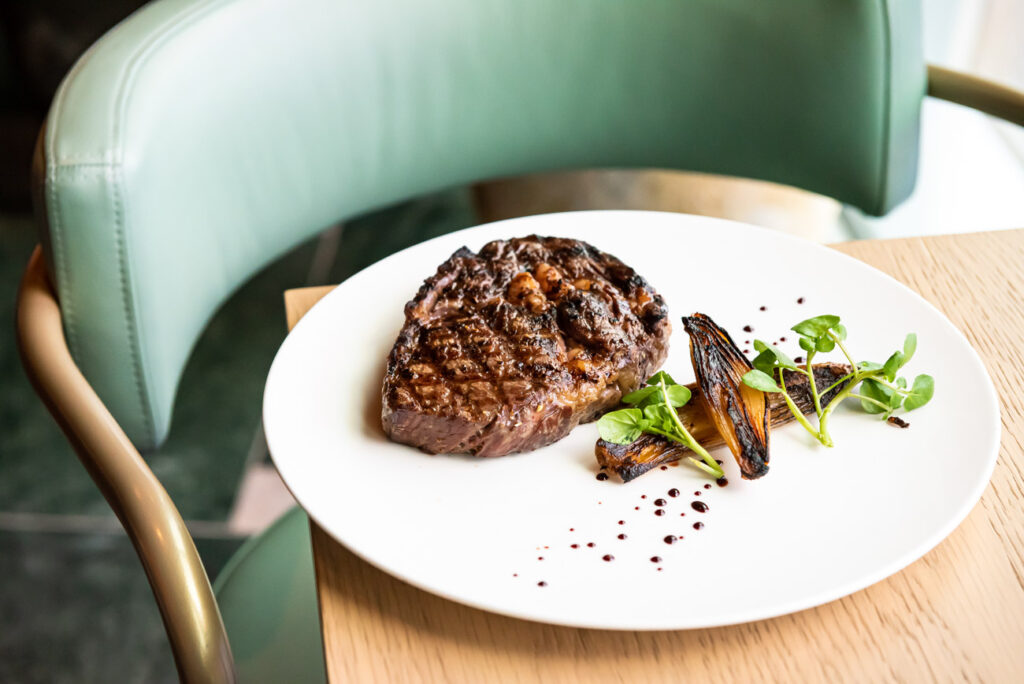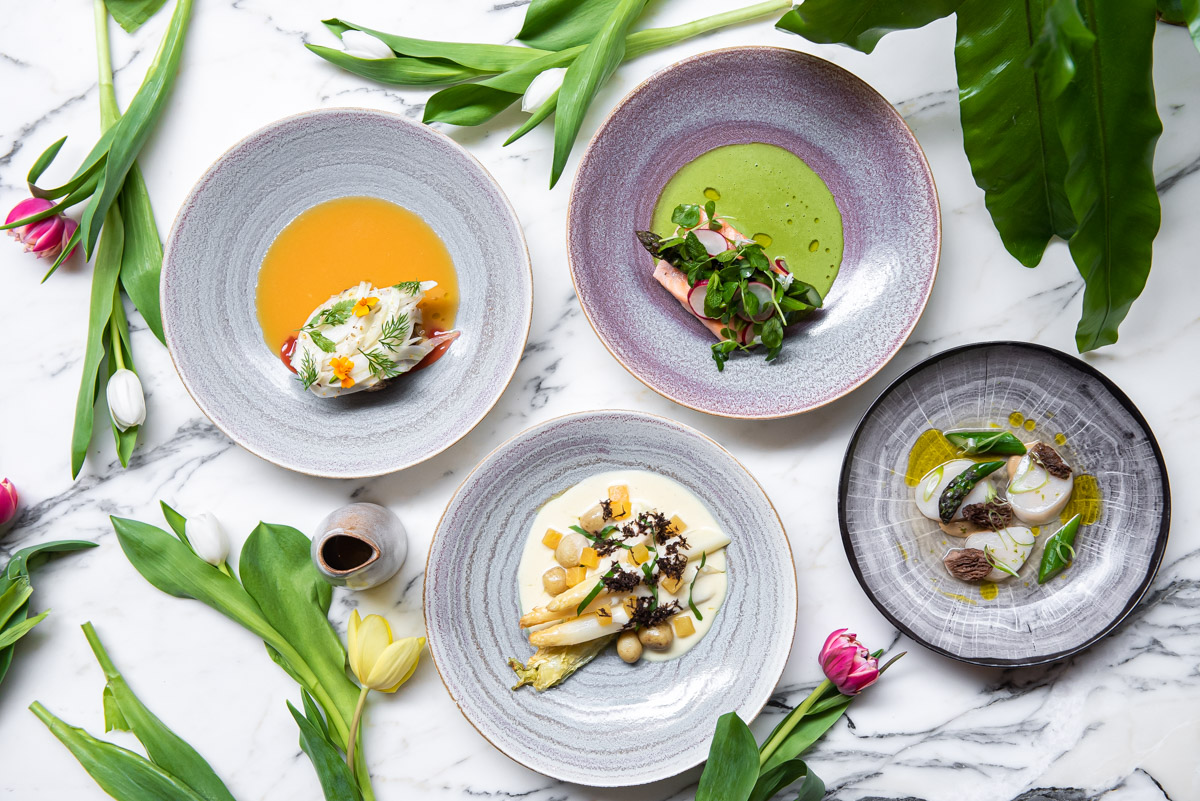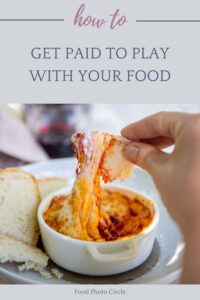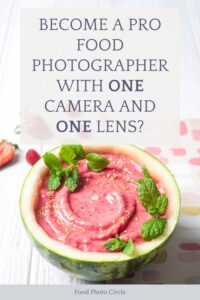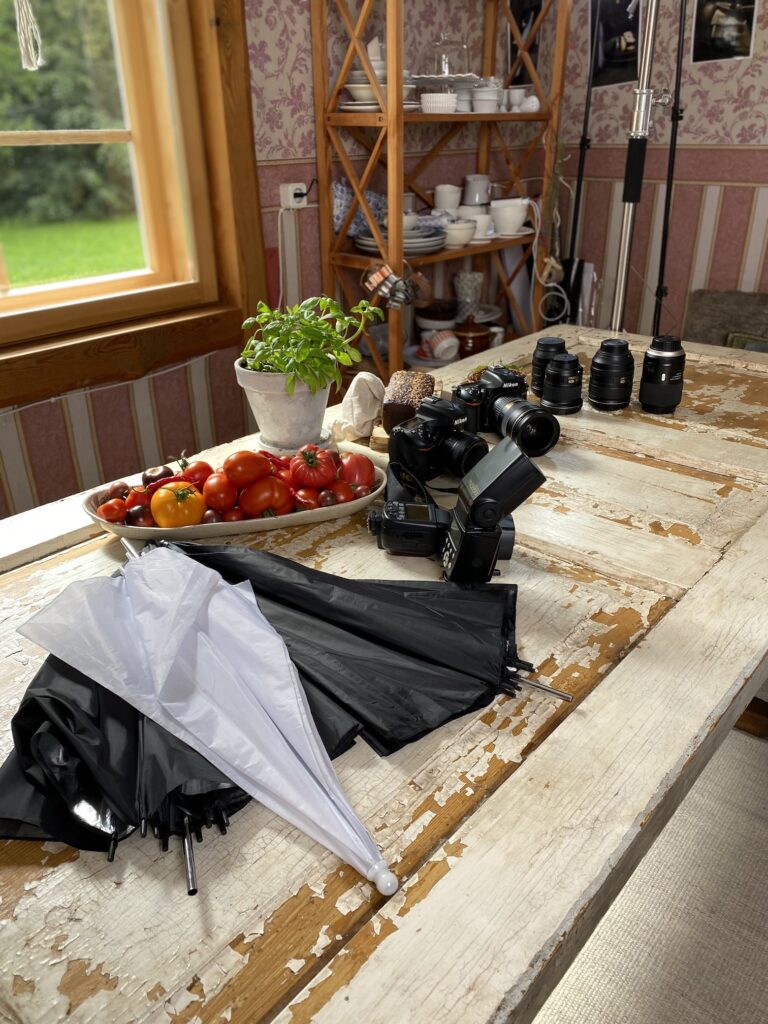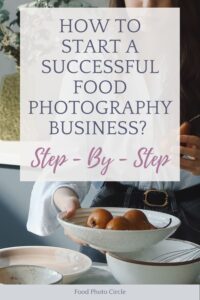
We’re thrilled to share the exciting details of our recent experience at the NatGeo Food Festival in London, where we had the incredible honor of giving a National Geographic food photography workshop. This opportunity was a dream come true! Giulia did the photography & Laura the styling. We’re over the moon to share our journey with you and it’s authentic behind the scenes mess!
Behind the Scenes: The Making of Our Food Photography Workshop
In this special behind-the-scenes look, we dive into the messy, exhilarating, and rewarding process of preparing for and conducting our workshop. We captured every moment, and you can watch our video blog for an insider’s view of the entire event.
From setting up our equipment to finalizing the perfect shots, the video captures it all. You’ll see the laughter, the challenges, and the triumphs as we navigated this incredible experience.
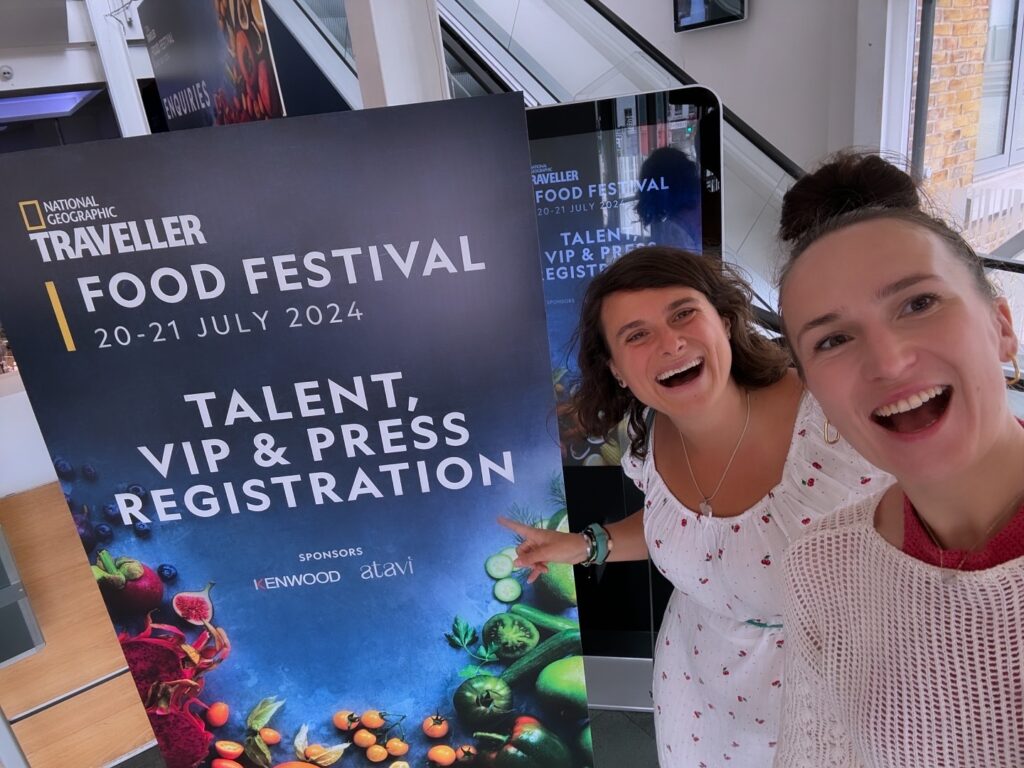
Meet the Team: Giulia and Laura
Our workshop was spearheaded by two talented individuals:
- Giulia: The mastermind behind the lens, Julia brought her expertise in food photography to the forefront. Her keen eye for detail and ability to capture the essence of every dish made our workshop truly special.
- Laura: With a flair for styling, Laura transformed each culinary creation into a visual masterpiece. Her artistic touch added the final flourish to our photos, making them look irresistibly delicious.
Together, Giula and Laura created a dynamic duo that left a lasting impression on all our workshop participants.

Highlights from the Workshop
- Interactive Sessions: We showed a hands-on session where participants learned the fundamentals of food photography. Giulia shared her tips on lighting, angles, and composition, while Laura demonstrated the art of food styling.
- Live Demonstrations: Our live demonstrations showcased real-time food photography techniques. Participants watched as we transformed simple ingredients into stunning visual stories.
- Q&A and Feedback: An interactive Q&A session allowed attendees to ask questions and receive personalized feedback. It was a fantastic opportunity for budding photographers to learn from our experiences and improve their skills.
Part One of Our Journey: Stay Tuned for More!
This blog post marks Part One of our journey at the NatGeo Food Festival. We’re already working on Part Two, where we’ll delve even deeper into the workshop’s highlights, share more behind-the-scenes stories, and reveal some of the stunning photos captured during the event.

Join Us on This Exciting Journey
We’re incredibly grateful for the opportunity to collaborate with National Geographic and share our passion for food photography. This workshop was a testament to the power of creativity, collaboration, and a shared love for food.
Don’t miss out on our upcoming posts and videos. Subscribe to our Youtube @foodphotocircle to see more behind the scenes and follow us on social media to stay updated on all our latest adventures.
